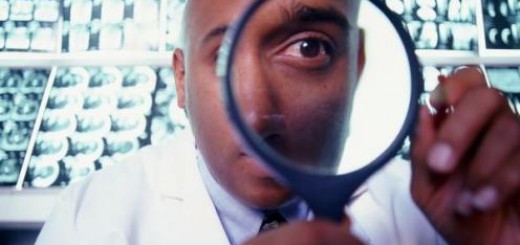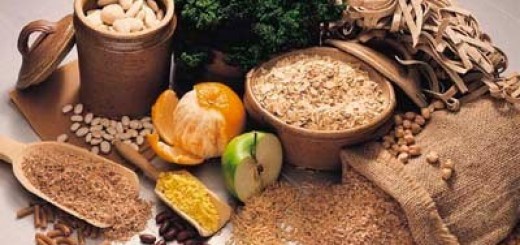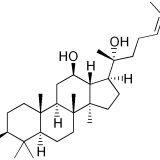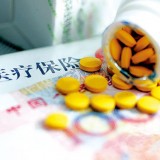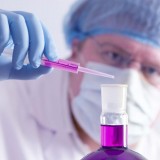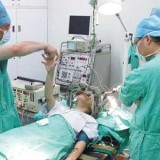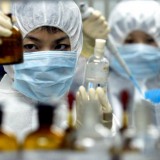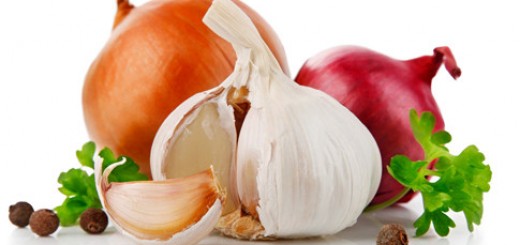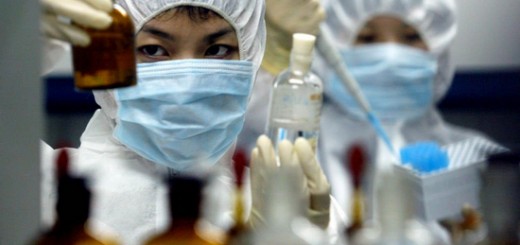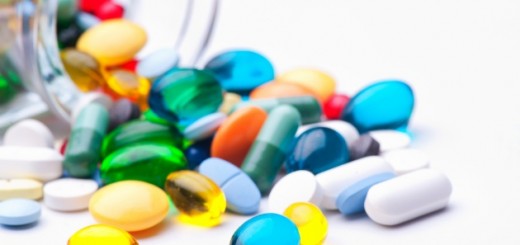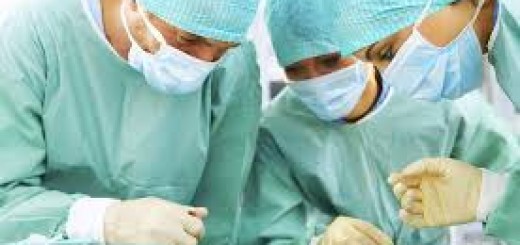Nasopharyngeal carcinoma (also known as nasopharyngeal cancer, NPC) is the most common cancer originating in the nasopharynx, the uppermost region of the pharynx (“throat”), behind the nose where the nasal passages and auditory tubes join the remainder of the upper respiratory tract. Nasopharyngeal carcinoma is caused by a combination of factors: viral, environmental influences, and heredity.
NPC is uncommon in the United States and most other nations, representing less than 1 case per 100,000 in most populations. but is extremely common in southern regions of China, particularly in Guangdong, accounting for 18% of all cancers in China. It is sometimes referred to as Cantonese cancer because it occurs in about 25 cases per 100,000 people in this region, 25 times higher than the rest of the world. It is also quite common in Taiwan. This could be due to the South East Asian diet which typically includes consumption of salted vegetables, fish and meat.
The treatment modalities include radiation, chemotherapy and surgery. Due to its high sensitivity to radiation, nasopharyngeal cancer is commonly and effectively treated by radiation. Chemotherapy is usually used in late-stage patients with distant metastasis. Surgery is considered to be an adjuvant measure. In some patients, the residual lesion after radiation can be removed surgically.
With regard to chemo regimens, a Chinese scholar assessed the clinical outcomes in a 5-year clinical study in which adjuvant chemo was adminstered. The research found that the standard adjuvant chemo regimens do not deliver tangible benefits to Chinese patients, largely due to chemo-associated toxicities (mucositis, bone marrow suppression) and prolonged hospitalization and increasing medical cost.
Recently, a research reported that protopanaxadiol (PPD), one of the most potent ingredients in ginseng, is able to stimulate apoptosis of nasopharyngeal cells dose-dependently. Due to its non-toxic or low-toxicity nature, this natural drug protopanaxadiol can be safely used as an adjuvant measure in clinics, to improve the long-term outcomes of nasopharyngeal cancer patients.
The research results were published on: CHINESE MANIPULATION & REHABILITION MEDICINE 2011, 02(4)
Title: 20(S)-protopanaxadiol induces apoptosis of nasopharyngeal cancer cells
Objective: to investigate the effect of 20(S)-protopanaxadiol on nasopharyngeal cancer cells.
Method: MTT test was employed to evaluate the apoptosis of in-vitro cultured nasopharyngeal cancer cells after 20(S)-protopanaxadiol treatment.
Results: 20(S)-protopanaxadiol significantly reduced the vitality nasopharyngeal cancer cells and induced their apoptosis.
Conclusion: 20(S)-protopanaxadiol induced nasopharyngeal cancer cell apoptosis in a dose-dependent manner.
















